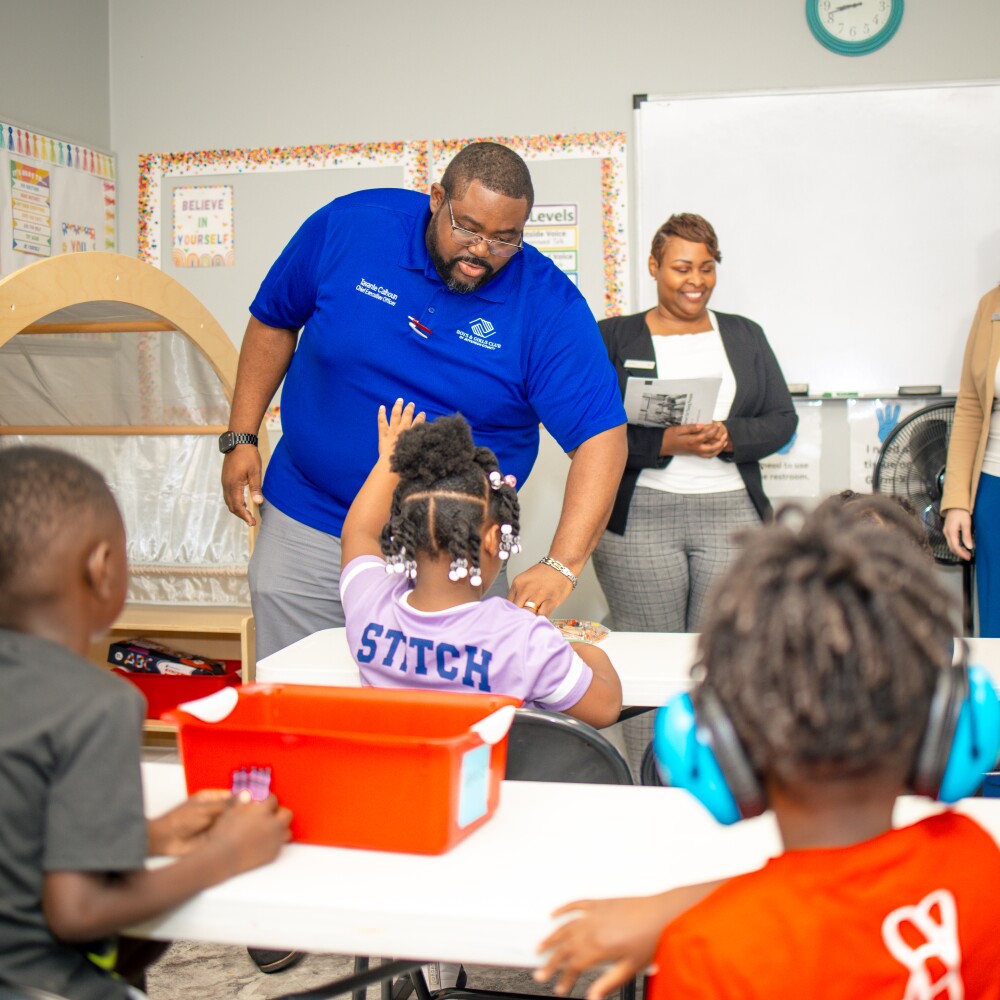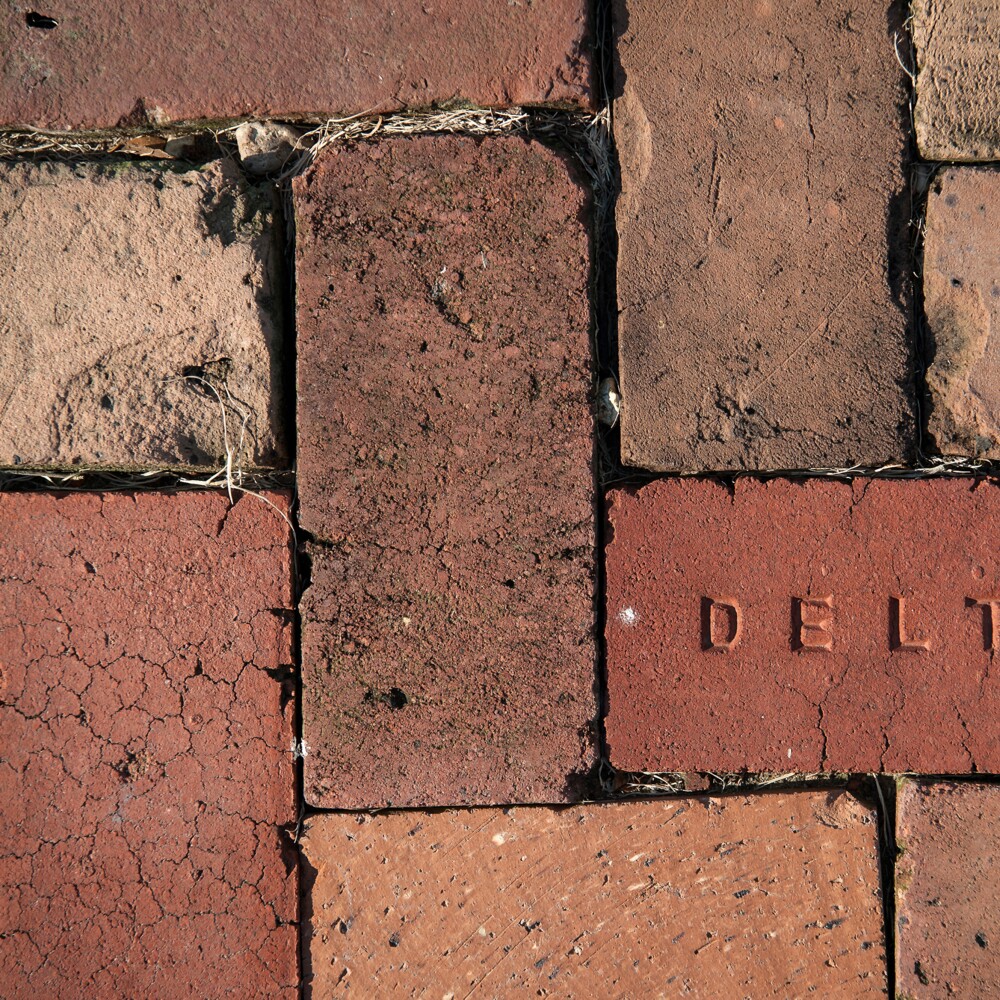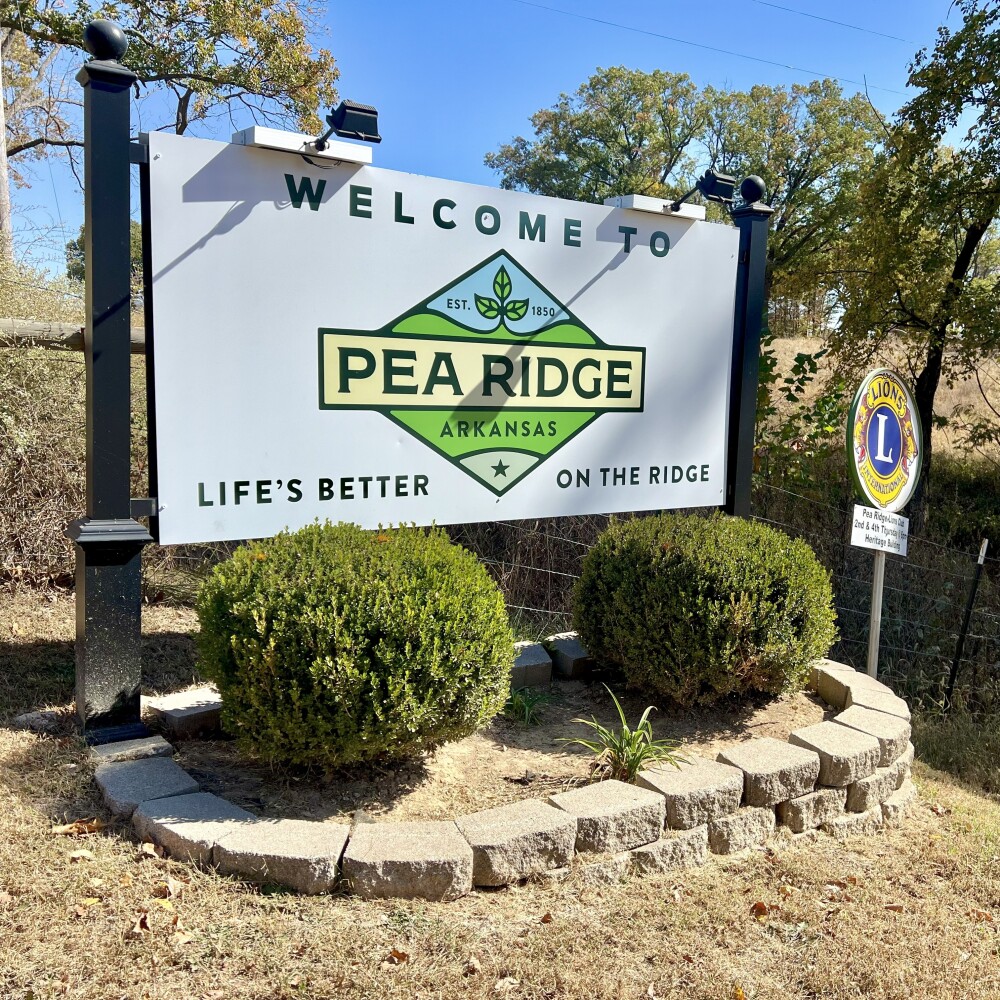“Taking the ride is just part of the journey,” says veteran trail developer Erin Rushing of Northwest Arkansas’ celebrated regional trail systems.
The other? Managing the logistics, planning and good old-fashioned sweat equity needed to shape trail across a topography created over millions of years — the characteristic caves, aquifers and shifting limestone formations that define the Ozarks.
Erin grew up on a cattle farm in north central Arkansas, cutting trail in his backyard as a child. Like so many mountain biking enthusiasts in the state, he bushwhacked through dense — and often private — land to reach one of nature’s most perfect geographies for the sport.
A University of Arkansas-trained landscape architect, Erin joined NWA Trailblazers as its executive director and first full-time employee in 2016. Previously, the organization served its community on an all-volunteer basis for nearly 20 years, developing multi-use trails across the region that encourage people to consider alternative transportation, explore the outdoors and lead more active lifestyles.
While most cities in Northwest Arkansas had master trail plans, the few finished trails that did exist lacked cohesion. Referring to one of their first projects, Erin says, “it took the Trailblazers 14 years to connect Lake Bella Vista to Bentonville.”
In the past decade, the Walton Family Foundation, together with the Northwest Arkansas Regional Planning Commission, municipalities and other stakeholders, formulated a lasting strategy to extend and unite existing trail systems, creating a seamless regional network that connects people and places. The NWA Trailblazers are an invaluable partner in this effort, lending their broad expertise in permitting, development and maintenance and serving as “boots on the ground” on several major projects.
Of the 484 miles of trails now open in the region, the foundation supported the construction of 208 miles of natural-surface trails and 72 miles of multi-use paved paths. These include the Razorback Regional Greenway, Coler Mountain Bike Preserve and many others. The foundation works with municipalities throughout Northwest Arkansas to develop trail plans, and its funding leverages matching federal, state and local resources to complete a variety of trail projects, including the Greenway.
This ongoing effort reflects one of the foundation’s core values — to be steady in our focused approach to creating lasting change.
Since 2015, trails in Northwest Arkansas recorded a 36% increase in cycling use and a 13% increase in pedestrian activity. Ongoing expansion of the trail system is also helping create a self-sustaining regional economic engine.
In Northwest Arkansas, trails play a significant role in improving quality of life and local residents are embracing the ever-expanding network.
In 2017 alone, trails provided $137 million in economic benefits to Northwest Arkansas through tourism, events, goods and services.
“We used to develop trails for the locals. Now, it’s really an evolving demographic” of users that includes a vibrant mix of residents and visitors, Erin says.
Erin’s trail development team consists of 14 full and part-time employees, who facilitate construction and development of trails, parks and open space. On average, the team develops two to three miles of soft surface trail per week.
He is proud of the pace of progress and his organization’s commitment to preserving green space, promoting active transportation and providing better access to the outdoors. “Since 2016, we’ve helped develop 80 miles of soft surface trails per year. Things have really ramped up. You can now hop on trails in downtown Bentonville and ride for nearly 200 consecutive miles without needing to get in your car.”
Amid an ongoing pandemic, trail use is increasing as more residents seek out safe recreation opportunities and take to the trails.
“A lot of team sports got put on hold because of the coronavirus, but kids can still hop on a bike,” says Erin, whose three sons are active mountain bikers and have benefitted from the teams, strider bikes and cycling parks available to the area’s young riders. “My youngest is hitting every single beginner trail he can find. It’s an activity we can do together, and one that has brought us closer as a family.”
Indeed, the region’s efforts to diversify ridership and make trails more welcoming to families and users of all skill levels are paying dividends. Some parts of the Razorback Greenway, for example, recently recorded their highest monthly user counts since opening.
As Erin knows well, developing trail for his community requires more than the construction itself. Each day, Erin and his team are buying properties, securing permits, asking for easements, bidding trail projects and building a deep network of support within the community to maintain completed trails.
“It’s all hands on deck. Everyone wants these trails to be amazing, and we’ve had real buy-in from our neighbors,” says Erin.
The Trailblazers run a trail adoption program, where volunteers weed, trim and maintain a path. If a tree falls or a trail washes out, riders can visit each system’s trail conditions page on Facebook to alert city staff and other subcontractors to clear the way. Erin calls the service “remarkably effective.”
“A typical community would have to rely on too many uncertain factors for an undertaking of this scale,” says Erin. “But the foundation really stepped up and invested in the better quality of life we are trying to build for everyone here through outdoor recreation—getting more cars off the road and more people on bikes. Cycling in Northwest Arkansas is a great test case for what can happen to a community when you have the right support.”





